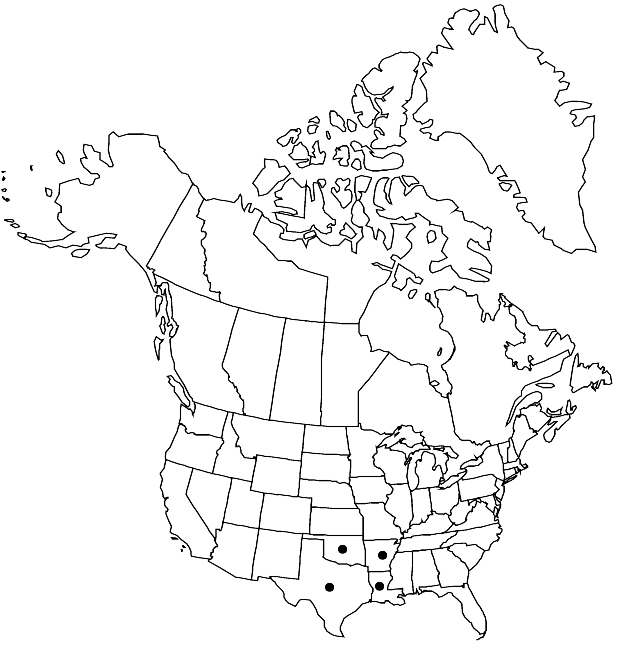Difference between revisions of "Polanisia erosa subsp. erosa"
Endemic
imported>Volume Importer |
imported>Volume Importer |
||
| Line 46: | Line 46: | ||
|publication year= | |publication year= | ||
|special status=Endemic | |special status=Endemic | ||
| − | |source xml=https:// | + | |source xml=https://bitbucket.org/aafc-mbb/fna-data-curation/src/2e0870ddd59836b60bcf96646a41e87ea5a5943a/coarse_grained_fna_xml/V7/V7_266.xml |
|genus=Polanisia | |genus=Polanisia | ||
|species=Polanisia erosa | |species=Polanisia erosa | ||
Latest revision as of 22:32, 5 November 2020
Nectary glands tubular, (2.5–)3–5.5 mm. Adaxial petals 7–11 mm. Gynophores 7–14 mm in fruit.
Phenology: Flowering early spring-mid fall.
Habitat: Sandhills, prairies, woods, fields
Elevation: 0-100 m
Distribution

Ark., La., Okla., Tex.
Discussion
Subspecies erosa is found primarily in Texas, barely extending into three adjacent states.
Selected References
None.
Lower Taxa
None.